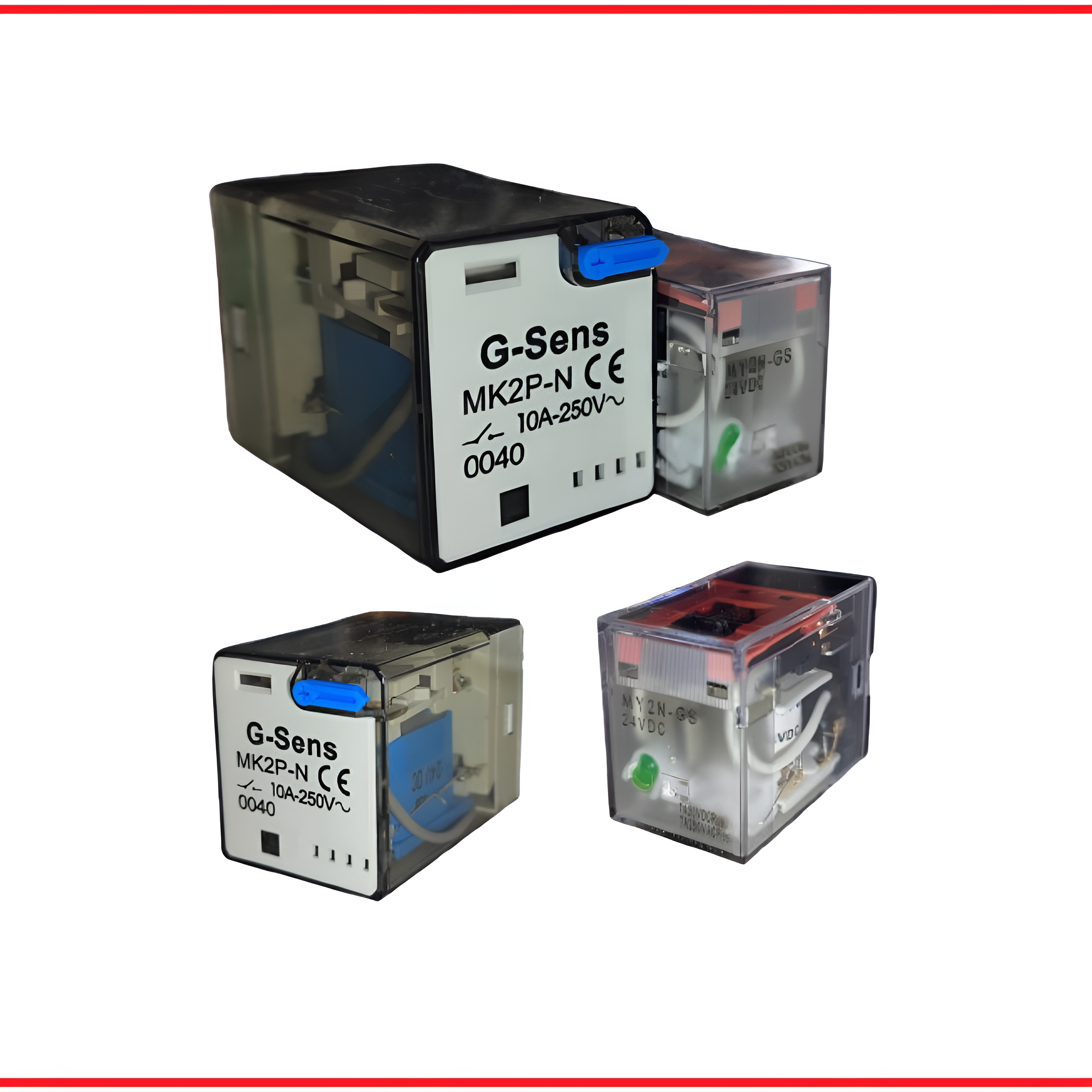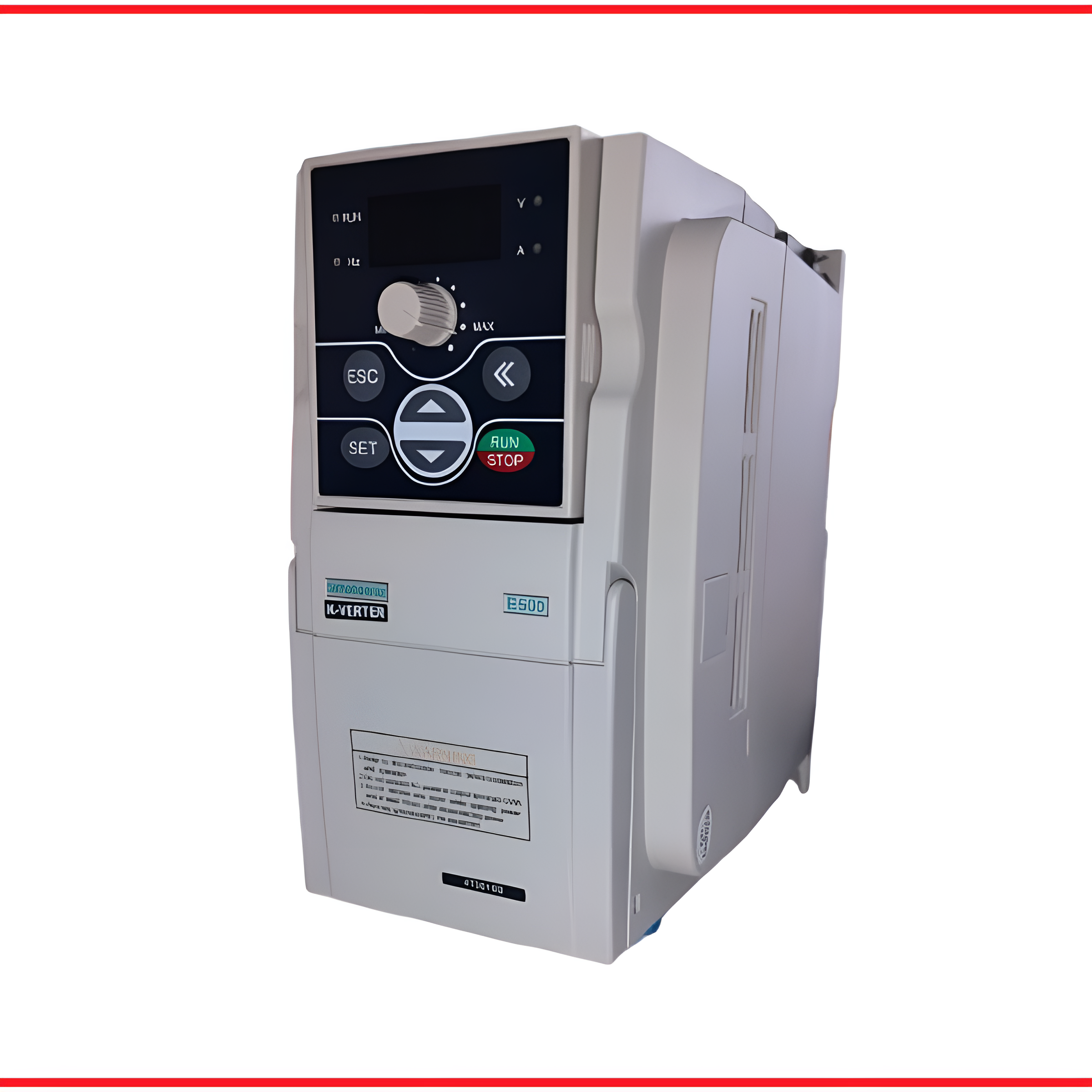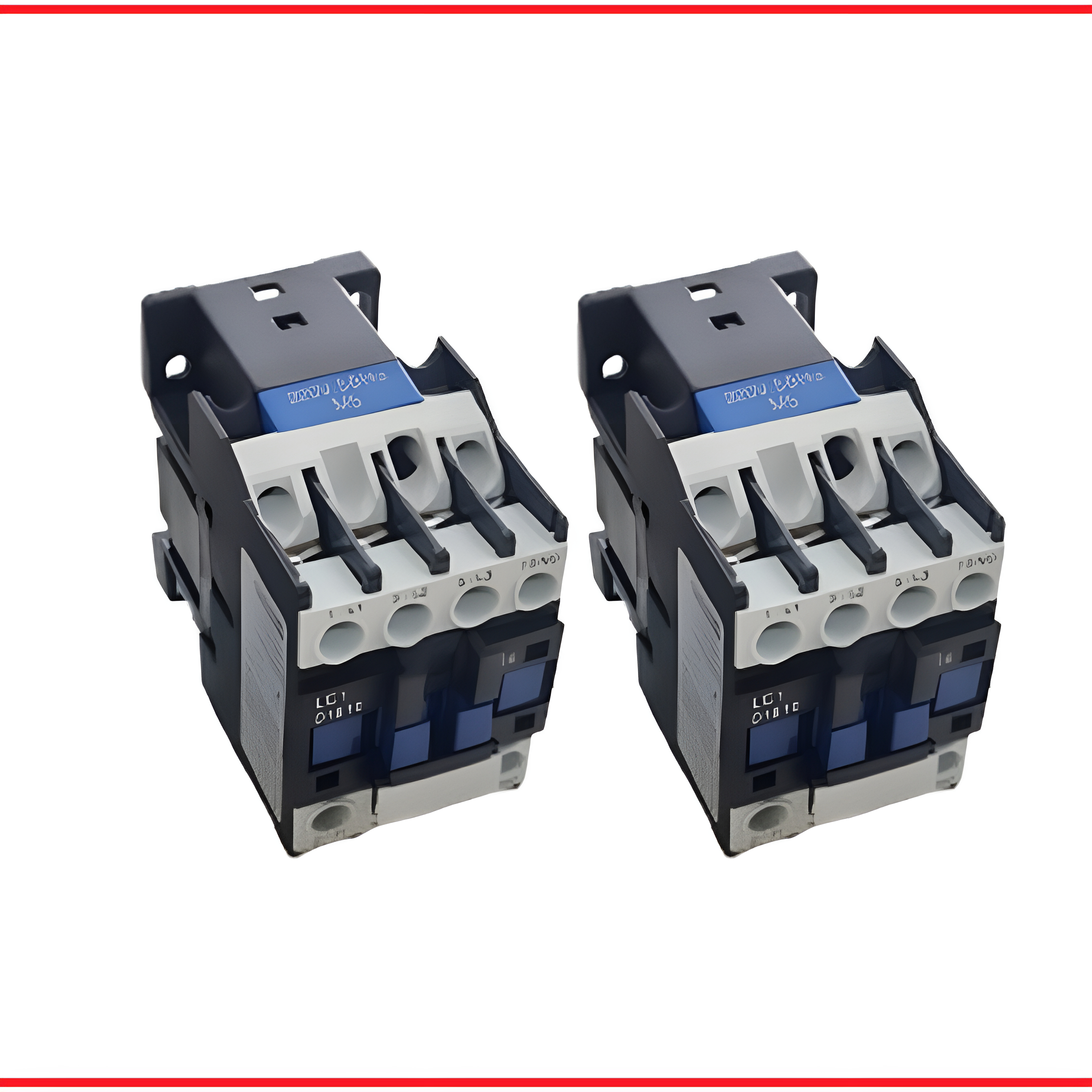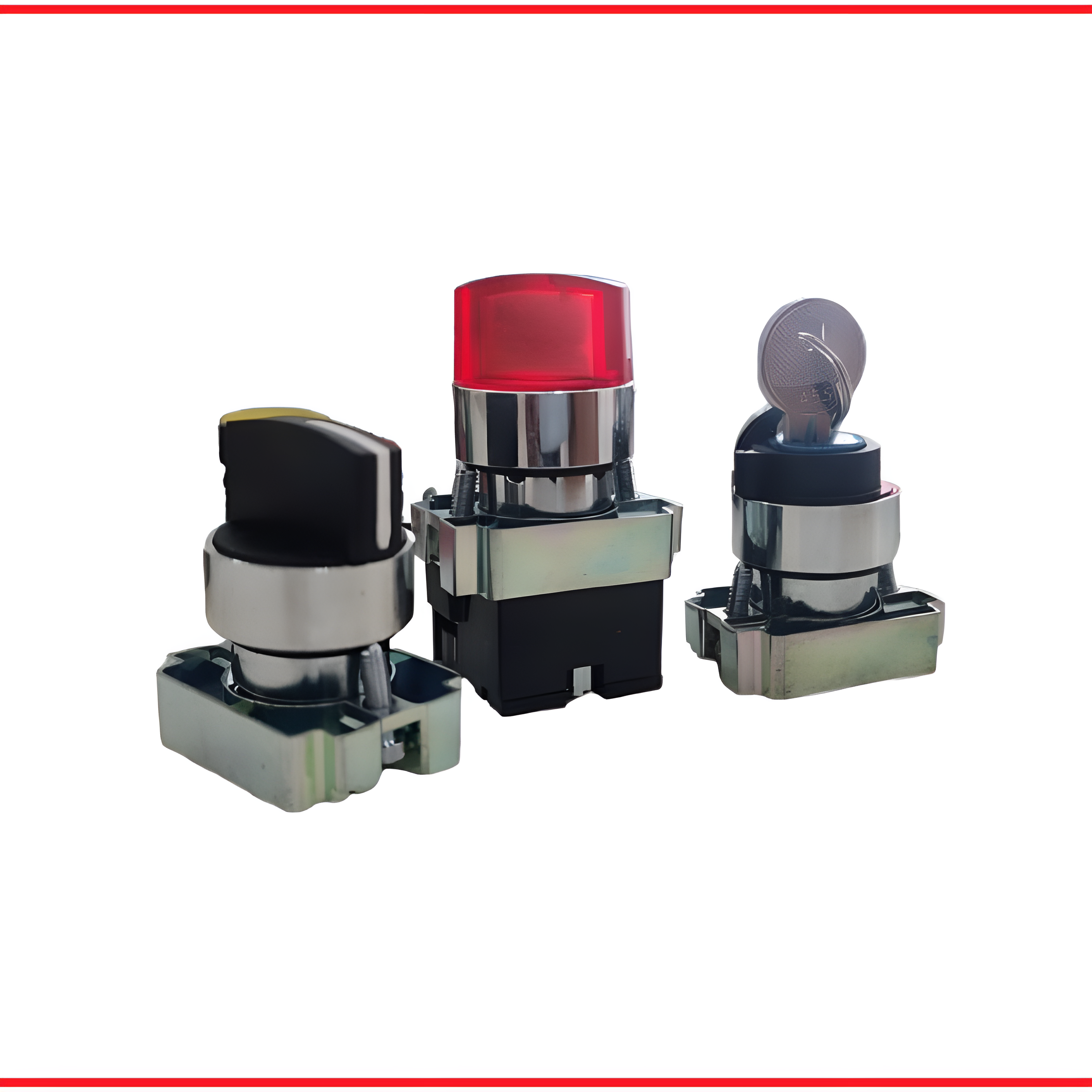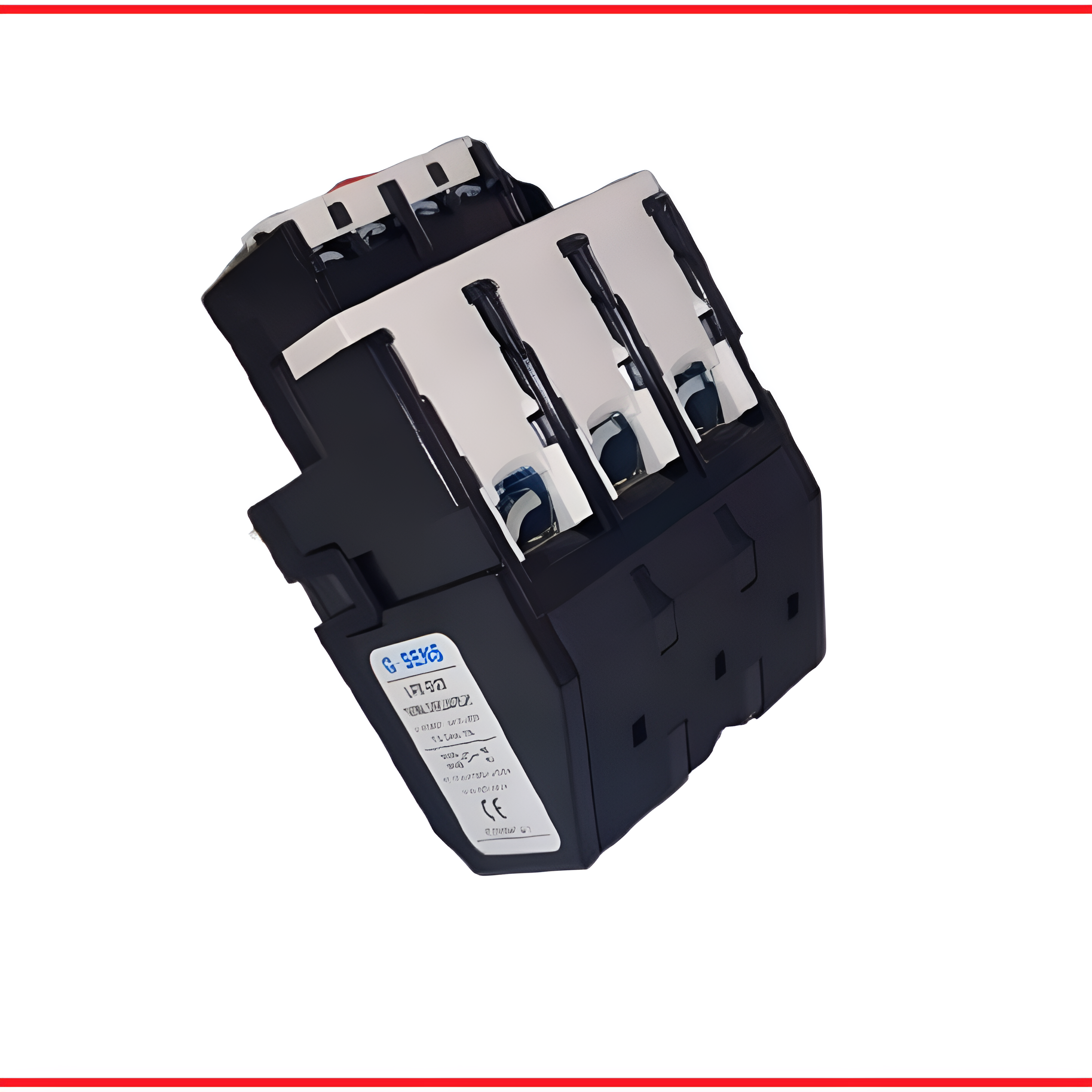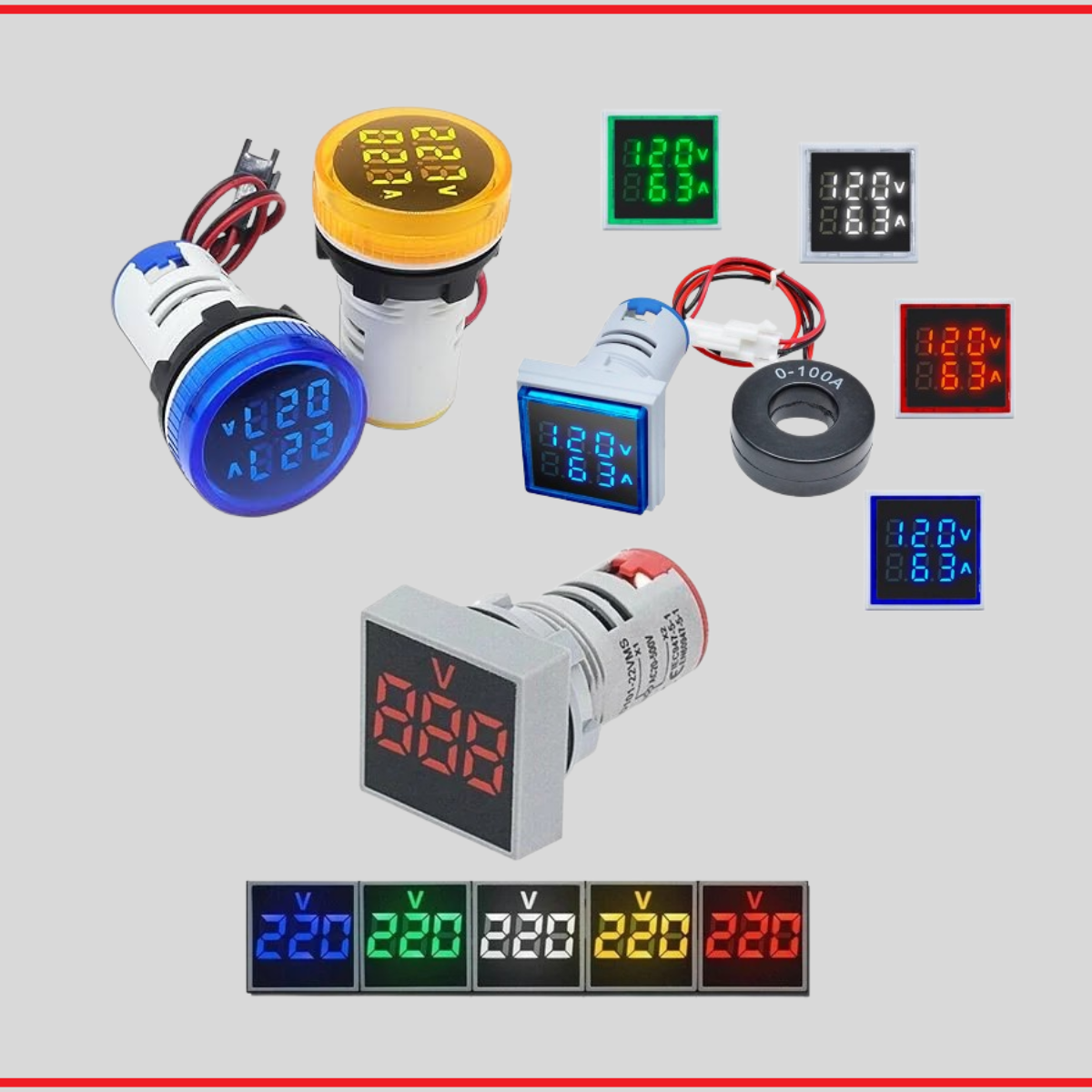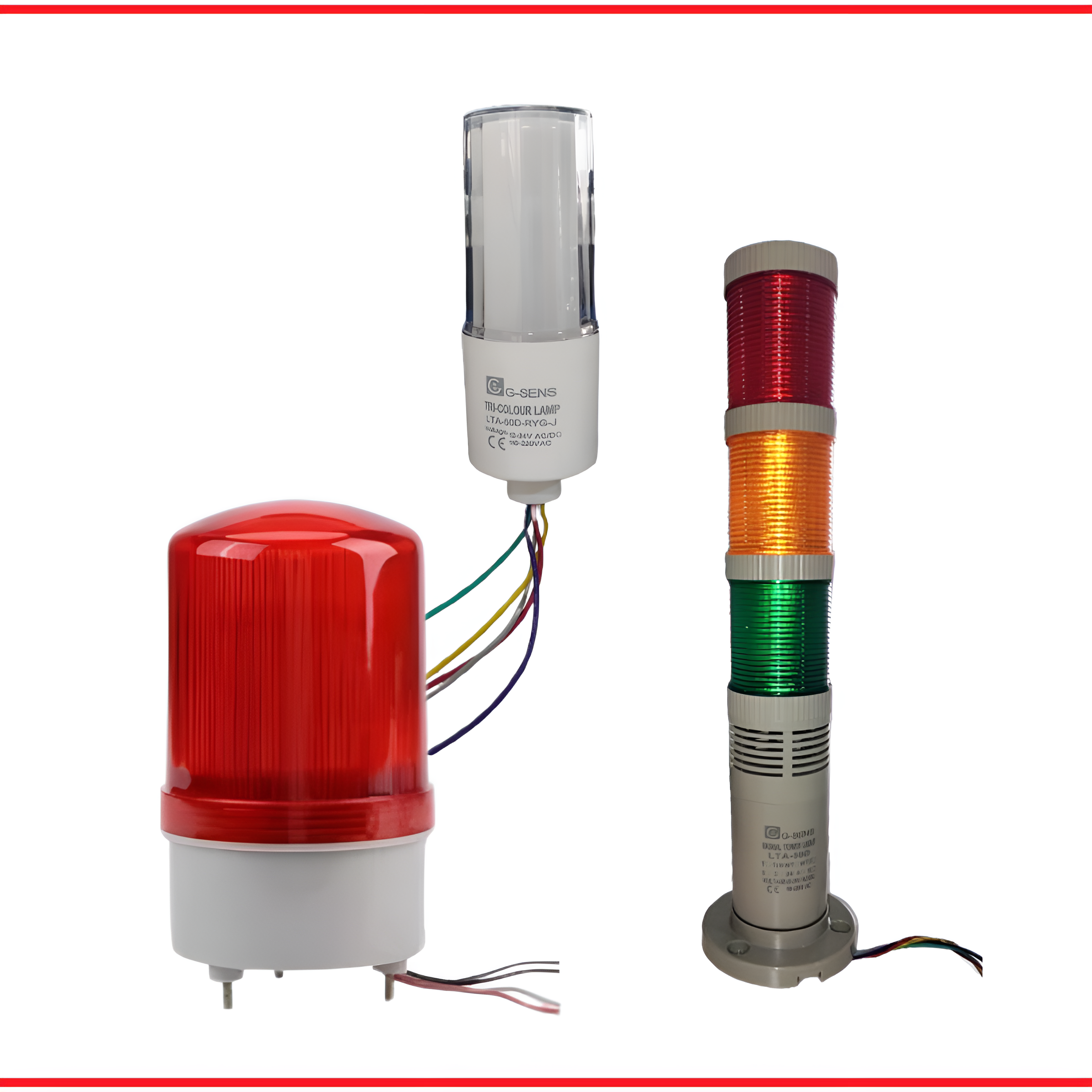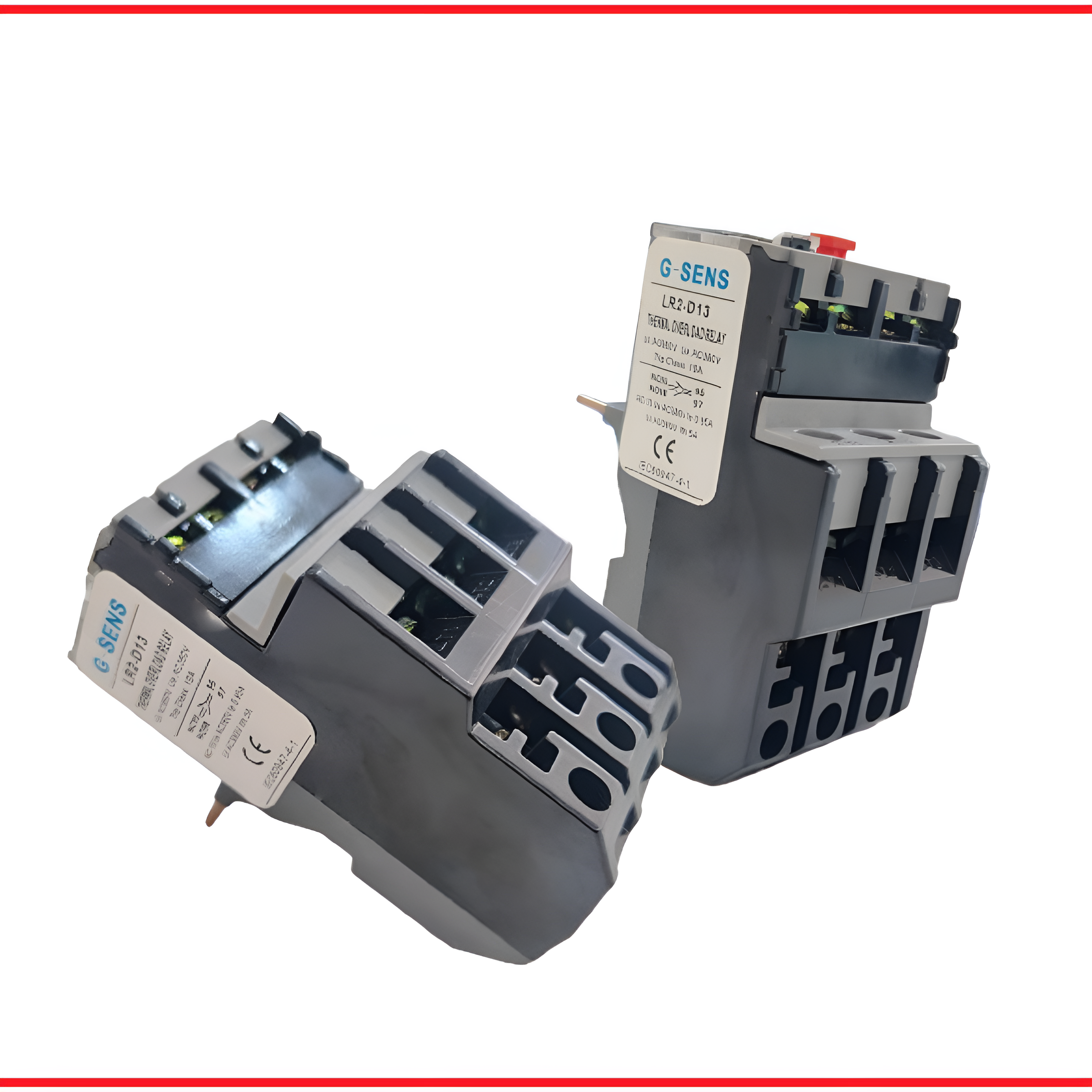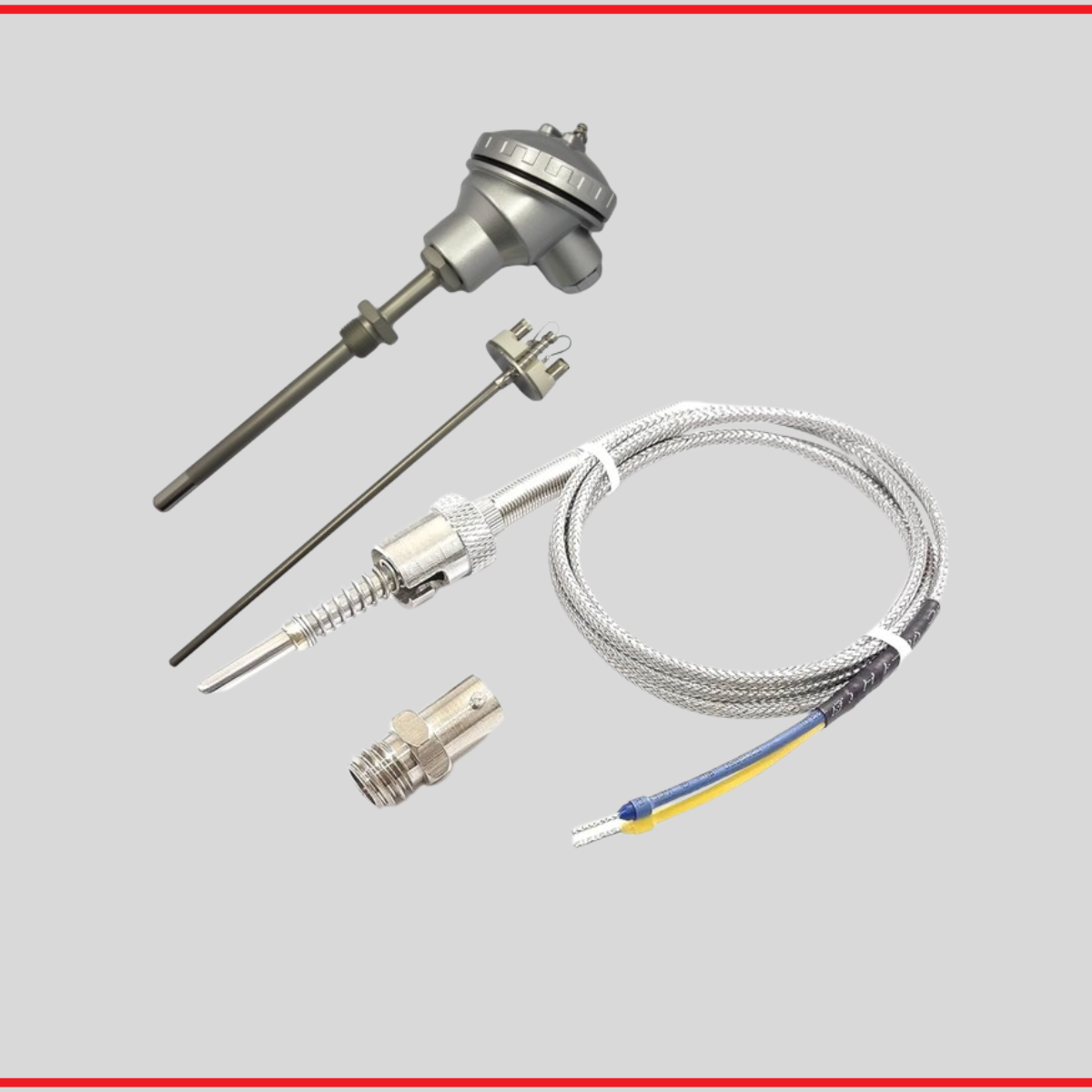Technology and Innovations in Industrial Electronics
Today's industrial electronics are undergoing a profound transformation driven by technology and innovation. These advancements are creating smarter, more efficient, and more sustainable factories. The shift is centered on integrating digital and physical systems, allowing for real-time monitoring and data-driven decision-making.
The Industrial Internet of Things (IIoT) and Smart Manufacturing 🏭
The Industrial Internet of Things (IIoT) is at the forefront of this revolution. It involves a network of interconnected sensors, devices, and machines that collect and exchange data in real-time. This connectivity turns a traditional factory into a "smart factory." Key applications include:
- Predictive Maintenance: Instead of following a fixed maintenance schedule, sensors on industrial equipment monitor parameters like temperature, vibration, and pressure. Machine learning algorithms then analyze this data to predict when a component is likely to fail. This allows maintenance to be performed just in time, preventing costly unplanned downtime and extending equipment lifespan.
- Real-time Quality Control: IoT-enabled cameras and sensors on the production line can automatically detect defects and anomalies with high precision. This allows for immediate corrective action, ensuring consistent product quality and reducing waste.
- Energy Management: IIoT systems provide a comprehensive view of energy consumption across a facility. By identifying areas of waste, manufacturers can optimize energy use, leading to significant cost savings and a reduced environmental footprint.
Artificial Intelligence (AI) and Machine Learning (ML) 🤖
AI and ML are the "brains" behind the smart factory, enabling machines to learn, adapt, and make intelligent decisions. Their role extends beyond predictive maintenance to include:
- Process Optimization: ML algorithms can analyze vast datasets from the production line to identify bottlenecks and inefficiencies. They can then recommend adjustments to optimize production flow, leading to increased output and improved resource utilization.
- Generative Design: AI can rapidly generate multiple design options for a product based on specified constraints, such as materials, weight, and durability. This accelerates the product development cycle and can lead to more innovative and efficient designs.
- Human-Machine Collaboration: Collaborative robots (cobots), powered by AI, work alongside human employees to assist with tasks, improving safety and productivity. They can handle repetitive or dangerous jobs, freeing up human workers for more complex and creative tasks.
Advanced Materials and Manufacturing 🔬
Beyond software and connectivity, innovation in industrial electronics is also driven by advancements in materials and manufacturing techniques.
- Advanced Electronic Materials: The industry is moving beyond traditional silicon to new materials like gallium nitride and silicon carbide. These materials offer superior performance, especially for high-power applications, making devices more efficient and powerful.
- 3D Printing for Electronics: Printed electronics and 3D printing are revolutionizing prototyping and production. They allow for the creation of complex, customized electronic components and circuits directly onto a substrate, reducing manufacturing costs and enabling faster design iterations.
- Advanced IC Packaging: As chips become smaller, advanced integrated circuit (IC) packaging techniques allow for multiple components to be integrated into a single, compact package. This miniaturization is crucial for creating smaller, more powerful industrial devices.
G-SENS is the best electronic automation component manufacturer from India


